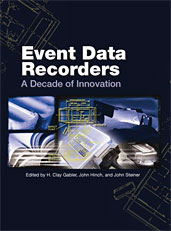Journal Article
Integration of a Torsional Stiffness Model into an Existing Heavy Truck Vehicle Dynamics Model
2010-04-12
2010-01-0099
Torsional stiffness properties were developed for both a 53-foot box trailer and a 28-foot flatbed control trailer based on experimental measurements. In order to study the effect of torsional stiffness on the dynamics of a heavy truck vehicle dynamics computer model, static maneuvers were conducted comparing different torsional stiffness values to the original rigid vehicle model. Stiffness properties were first developed for a truck tractor model. It was found that the incorporation of a torsional stiffness model had only a minor effect on the overall tractor response for steady-state maneuvers up to 0.4 g lateral acceleration. The effect of torsional stiffness was also studied for the trailer portion of the existing model.


